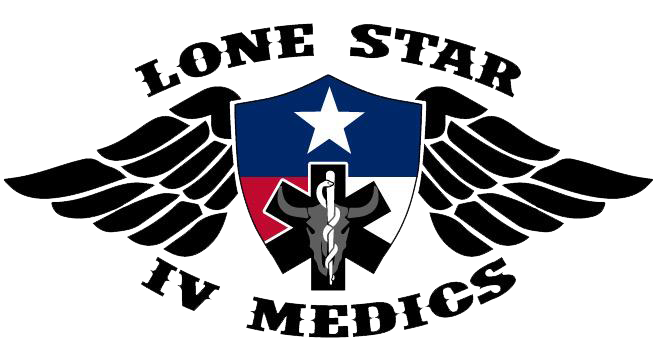There was every reason to expect Virtual Radiologic Corp. (NASDAQ: VRAD) to become Minnesota’s next medical technology star.
The company, based in Eden Prairie, was one of the last local firms to go public, raising $68 million from its initial public offering in November 2007. Virtual was one of only two national players to dominate the rapidly expanding market of teleradiology: helping hospitals and clinics remotely connect with radiologists across the United States to interpret imaging data. Inc. magazine named Virtual one of the fastest growing companies in America.
Now, less than three years later, the firm is selling itself to Providence Equity Partners for $294 million, further thinning out the ranks of Minnesota’s publicly traded med tech companies. But unlike ATS Medical Inc. in Plymouth, which Medtronic Inc. (NYSE: MDT) will buy for $370 million, Virtual was actually doing well. The company recently said first-quarter profits jumped 40 percent to $1.95 million from $1.4 million during the same period a year ago. Sales grew 8 percent to $30.8 million.
In other words, this doesn’t sound like a failing company. True, Providence’s offer of $17.25 per share represents a nice 42 percent premium to investors based on Virtual’s average 30-day price of $12.18.
But by selling the company now, investors are essentially saying they don’t expect Wall Street to value the company any higher than $17.25.
That’s hard to believe for two reasons: America’s economy is growing again, and despite fears of Greek debt, stocks sure look a lot better than a year ago. Secondly, Virtual’s only real competitor, Nighthawk Radiology, is struggling badly. Should that company go south, Virtual would be the undisputed king of teleradiology.
“There’s no doubt in my mind that Virtual would be a successful company in the long term,” said Brooks O’Neil, an analyst with Doughtery & Co., a Minneapolis-based investment bank. In fact, O’Neil said he wouldn’t be surprised if Virtual goes public again in the future.
To hear Virtual officials tell it, the sky was falling. Since late 2007, Virtual stock has fallen 43 percent. Nighthawk’s problems, plus pricing pressures in the imaging industry, created an “overhang” on Virtual shares, which were already thinly traded, CEO Rob Kill said in a brief phone interview.
“We didn’t feel we were being valued properly,” Kill said.
But here’s another possible explanation: Generation Capital Partners in Greenwich, Connecticut and majority owner of Virtual shares is reportedly having a difficult time raising money for its latest investment fund, a problem plaguing both private equity and venture capital firms across the country.
As long as investors are still waiting to cash out their previous bets, financial firms will have a tough time raising new funds. One surefire way to fire up investors: show them results. Selling Virtual for $294 million certainly looks like a good result.
One has to wonder, though, if investors are leaving some money on the table, at least in the long run. Of all Minnesota’s emerging med tech companies, Virtual seemed to possess a virtual lock on a bright, successful future.










